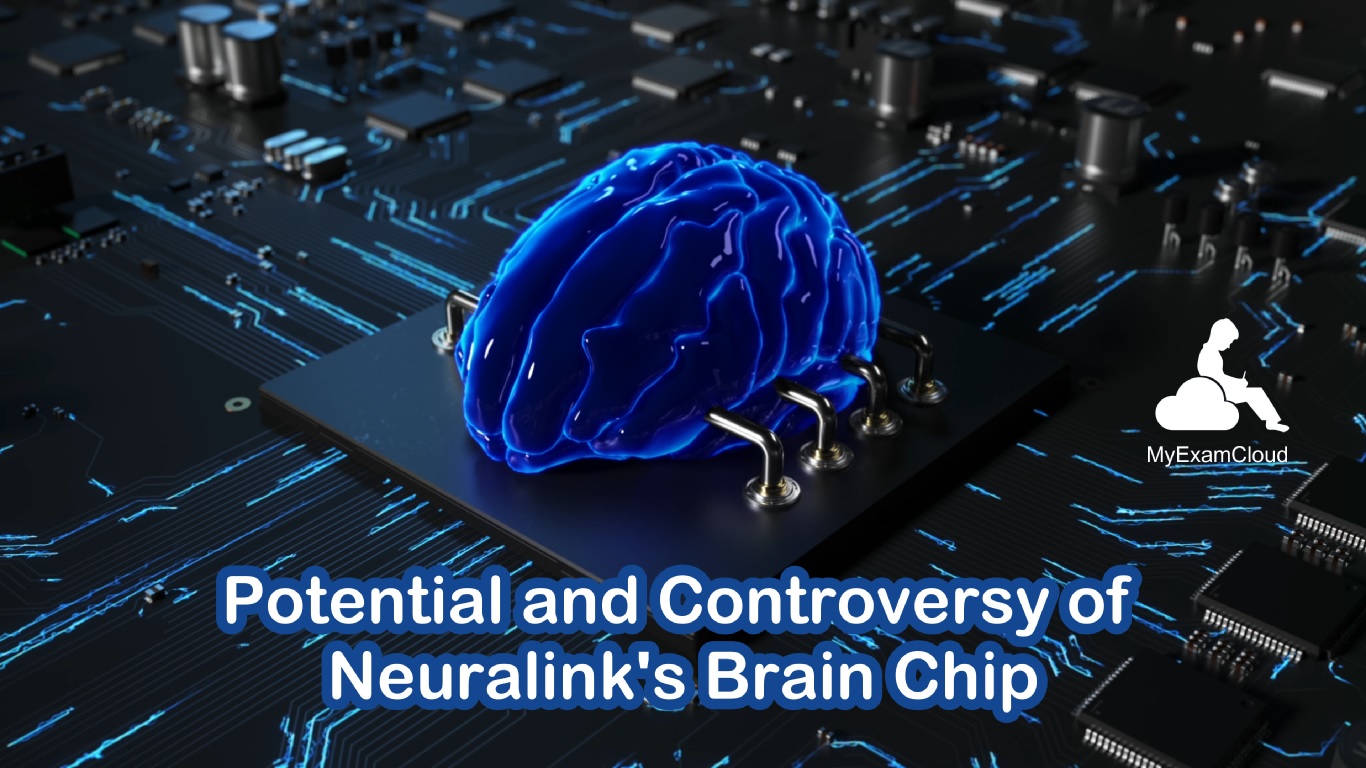
Exploring the Potential and Controversy of Neuralink's Brain Chip
Neuralink, a company led by Elon Musk, has recently made headlines with the successful implantation of a brain chip in a human for the first time. This groundbreaking innovation has the potential to revolutionize brain-computer interfaces (BCIs) and open up new possibilities for healthcare, communication, and cognitive abilities. Let's take a closer look at Neuralink's brain chip, how it works, and what it could mean for the future.
The technology behind the Neuralink chip is both impressive and complex. Consisting of thin, flexible threads equipped with 1,024 electrodes, the chip is designed to record the activity of individual neurons in the brain. These electrodes are then connected to a custom chip within the implant, which processes the signals and transmits them to a digital device via Bluetooth. Surgical robots are used to precisely place the electrodes into the cerebral cortex, targeting areas responsible for higher-level brain functions like learning and emotion.
The goal of the Neuralink chip is to restore personal control over limbs, prosthetics, and communication devices for individuals with severe paralysis. By recording and decoding brain signals and transmitting them back to the brain through electrical stimulation, the chip allows users to control devices simply through their thoughts. While other BCIs exist, Neuralink's approach has the advantage of targeting individual neurons, providing more precise and sophisticated thought decoding. Additionally, the company has developed a surgical robot that can implant the device with greater precision and efficiency than a human surgeon.
While there's no doubt that Neuralink's brain chip is a significant technological advancement, it's important to note that the technology itself is not entirely new. Other companies have been working on similar surface electrode systems for decades. What sets Neuralink apart is its ability to combine existing technologies into a single system and connect electrodes with individual neurons.
The potential applications of the Neuralink chip are vast, particularly in the medical field. It could be used to treat neurological disorders such as Parkinson's disease, and to restore movement in individuals with paralysis or amputations. The technology also opens up possibilities for human enhancement, including memory augmentation and improved cognitive abilities.
However, with this promising new technology comes significant ethical concerns. While the trial was approved by the USDA, it is not registered in the National Institutes of Health's clinical trial database, and little information has been made public about the tests and their outcomes. Safety and transparency in clinical trials are crucial considerations, as well as ensuring equitable access and addressing potential disparities. Additionally, long-term effects of the brain chip are still unknown, and addressing privacy and surveillance concerns is essential.
Overall, while Neuralink's brain chip holds tremendous promise, it's important to approach it with cautious optimism. Understanding the technology, its capabilities, and potential implications is crucial for responsible development and ethical implementation. As human trials begin and the technology progresses, addressing ethical concerns and managing expectations will be key to realizing its full potential. The Neuralink brain chip represents a significant step towards deeper integration of technology with the human body and has the potential to change the way we think about brain-computer interfaces.
Java Certifications Practice Tests - MyExamCloud Study Plans
Python Certifications Practice Tests - MyExamCloud Study Plans
AWS Certification Practice Tests - MyExamCloud Study Plans
Google Cloud Certification Practice Tests - MyExamCloud Study Plans
Aptitude Practice Tests - MyExamCloud Study Plan
MyExamCloud AI Exam Generator
| Author | JEE Ganesh | |
| Published | 10 months ago | |
| Category: | Artificial Intelligence | |
| HashTags | #Software #AI #ArtificialIntelligence |


